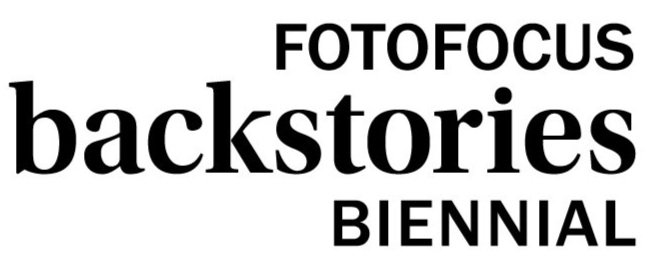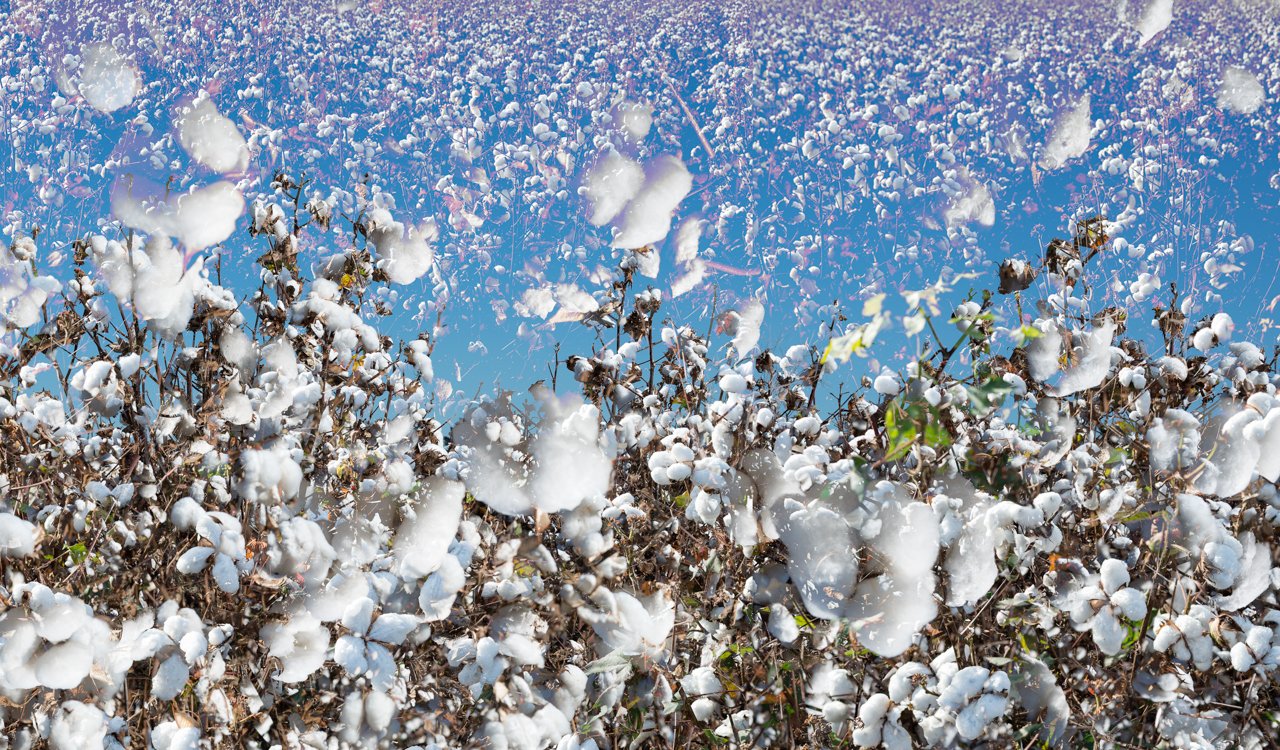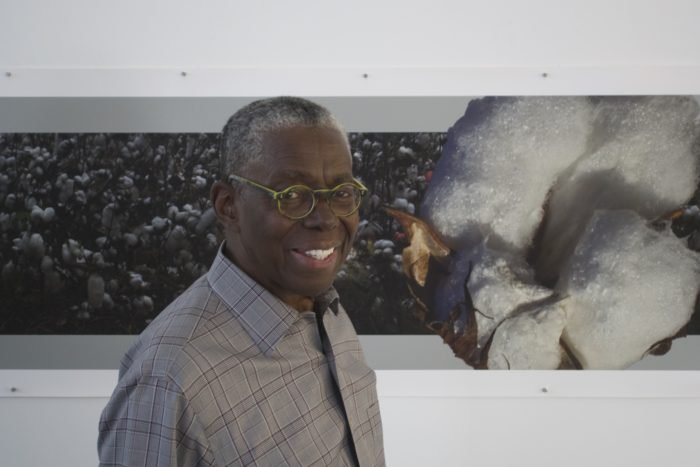John E. Dowell
Pathways to Freedom: Uncovering the Past
Pathways to Freedom: Uncovering the Past is a photographic series about the artist’s spiritual revelations. It illustrates his ancestral visions of freedom through the symbolic history of the cotton field.
In 2011, John E. Dowell dreamt of his grandmother, which led him to photograph the seminal cotton plant. The dream spawned a personal response to his ancestral legacy; from recording the beauty of cotton to imagining the horrors of slavery front and center. In the exhibition “John E. Dowell: Pathways to Freedom,” he uses a photographic series to place the viewer in the cotton fields, employing digital editing techniques to “conjure the spirits of the dead rising from out of the cotton field.”
Dowell’s concept is to create what he calls “ghost cotton,” as he imagines the cotton protecting his people. While looking at a field of cotton, he felt as if he was not alone, and he felt a voice speak to him, "would you have had the courage, the strength, the wisdom to break for freedom?" The auditory apparition triggered a desire and a need to photograph cotton at night, as the enslaved rarely attempted to escape in daylight.
He has always had emotional moments, sort of imaginings or visions of what he could not see but surely felt. The feelings intensified in the dark and sometimes with the presence of the moon. Photography became a means of illustrating what manifested beyond his sight.
"Don’t Cross the Line," 2016, Archival pigment print on cotton rag paper, 27 x 34 inches
"Sending the Message," 2018, Archival pigment print on cotton rag paper, 27 x 34 inches
"The Long Road," 2017, Archival pigment print on cotton rag paper, 27 x 34 inches
"The Poet," 2017, Archival pigment print on cotton rag paper, 27 x 27 inches
"Cotton Ghosts," 2016, Photography, Archival Ink Jet Print on Hahnemuehle Photo Rag, Edition of 6, 1/6, Framed: 26 x 35 inches
"Perfect Cotton," 2013, Photography, Archival Ink Jet Print on Hahnemuehle Photo Rag, Edition of 6, 2/6, Framed: 29 1/2 x 36 1/4 inches
"Seneca Village," 2017, Photography, Archival Ink Jet Print on Hahnemuehle Photo Rag, Edition of 6, 1/6, Framed: 26 x 35 inches
"Seneca’s All Angel Church," 2018, Photography, Archival Ink Jet Print on Hahnemuehle Photo Rag, Edition of 6, 1/6, Framed: 26 x 35 inches
"Do They Remember," 2017, Photography, Archival Ink Jet Print on Hahnemuehle Photo Rag, Edition of 6, 2/6, Framed: 26 x 35 inches
"The Healing Table," 2016, Photography, Archival Ink Jet Print on Hahnemuehle Photo Rag, Edition of 6, 1/6, Framed: 26 x 35 inches
"The First Settler, Andrew Williams," 2018, Photography, Archival Ink Jet Print on Hahnemuehle Photo Rag, Note: Last print in edition of 6, 5/6, Framed: 20 3/4 x 27 inches
"The Oil Vendors," 2017, Photography, Archival Ink Jet Print on Hahnemuehle Photo Rag, Edition of 6, 1/6, Framed: 20 3/4 x 27 inches
"The Proper Headstones," 2017, Photography, Archival Ink Jet Print on Hahnemuehle Photo Rag, Edition of 6, 1/6, Framed: 20 3/4 x 27 inches
"The Lower Seneca Village," 2018, Photography, Archival Ink Jet Print on Hahnemuehle Photo Rag, Edition of 6, 1/6, Framed: 26 x 35 inches
"Andrew Williams and Neighbor of Seneca Village," 2018, Photography, Archival Ink Jet Print on Hahnemuehle Photo Rag, Edition of 6, 1/6, Framed: 26 x 35 inches
"Dottie Smiled," 2016, Photography, Archival Ink Jet Print on Hahnemuehle Photo Rag, Edition of 6, 1/6, Framed: 26 x 35 inches
"Final Transition," 2016, Photography, Archival Ink Jet Print on Hahnemuehle Photo Rag, Edition of 6, 1/6, Framed: 23 3/4 x 35 inches
"The Forgotten History," 2019, Photography, Archival Ink Jet Print on Hahnemuehle Photo Rag, Edition of 6, 1/6, Framed: 28 1/2 x 39 inches
John E. Dowell's "Stolen Moments" came from making images of cotton in cotton fields and finding imperfect cotton. Cotton that could not be sold for processing. Cotton that was altered and created by nature: wind, rain, and more wind.
From the artist:
There was more cotton on the ground than I had ever experienced- some barely holding on to its branches. I had been drawn to make images of cotton fields from dreams of my ancestors. These images were highlighted by extracting the cotton from their original photographic context.
Through research I had discovered that Slaves would be beaten as punishment for imperfect cotton; being blamed for the cotton being damaged by forces of nature.
John E. Dowell (1941 - ) was born in Philadelphia and grew up in a housing project. As a child, he explored art with his brother by copying the work in Lone Ranger comics. He studied at the Tyler School of Art at Temple University, where he was mentored by ceramist Rudolf Staffel. And he mastered his printmaking skills at the Tamarind Institute in Los Angeles, CA, where he worked as a senior printer. His work is influenced by abstract expressionists Willem de Kooning, Philip Guston, and Jackson Pollock and jazz musicians such as Miles Davis, Archie Shepp, and Cecil Taylor.
He often focuses on abstract visual representations of poetry and music, notably jazz. While visiting Bahia, Brazil in 1988, Dowell explored interest in traditional African religions and began making works inspired by voodoo forces and spirits. Many know Dowell as a photographer—though he would aptly amend that statement to “an artist with a camera”—but over the course of his impressive artistic career, Dowell has explored a wide variety of mediums ranging from painting to ceramics to musical composition. Dowell’s expansive body of work, housed in his studio in North Philadelphia, is one of great dimension. Though diverse in medium, his works reflect a continuity of formal concerns and a unified goal: to provide the viewer with a transportive, real experience that “leads them to themselves.”
Dowell has been Professor Emeritus of Printmaking at the Tyler School of Art at Temple University since 1971. Dowell’s prints, paintings and photographs have been featured in more than fifty solo exhibitions and represented in the permanent collections of seventy museum and public collections. Among them are the Museum of Modern Art and the Metropolitan Museum of Art in New York City, the Museum of Fine Arts, Boston, the San Francisco Museum of Modern Art, and the Bibliothèque Nationale in Paris, France. Dowell’s photographs are in the Houston Museum of Fine Arts and have been added to his work in the collections of the Fogg Museum of Harvard University, the Museum of the Rhode Island School of Design and the Lehigh University Museum.
























































